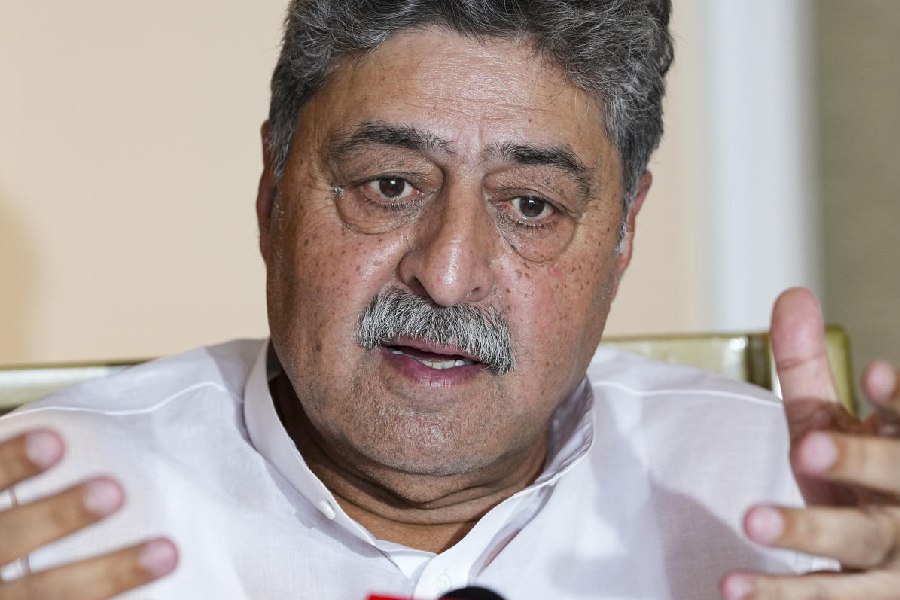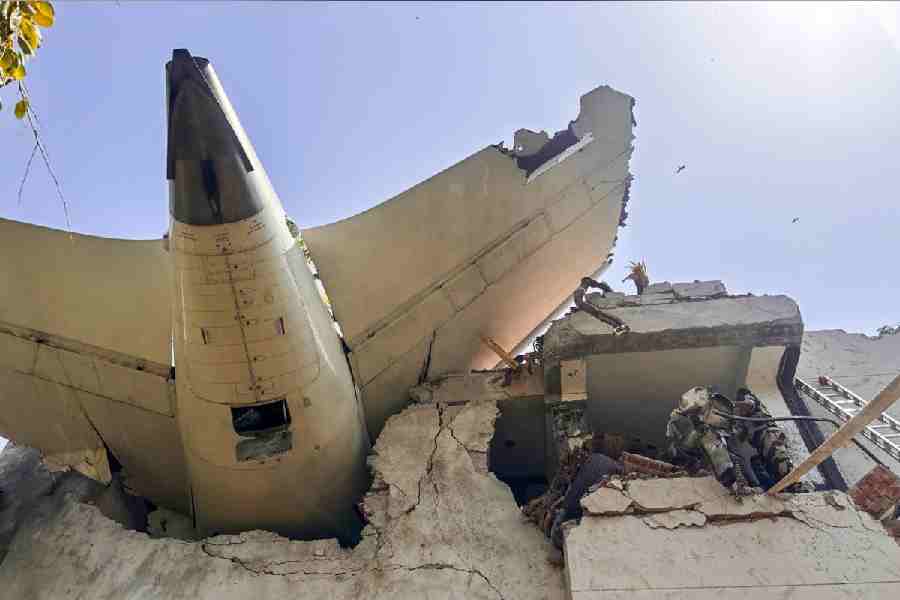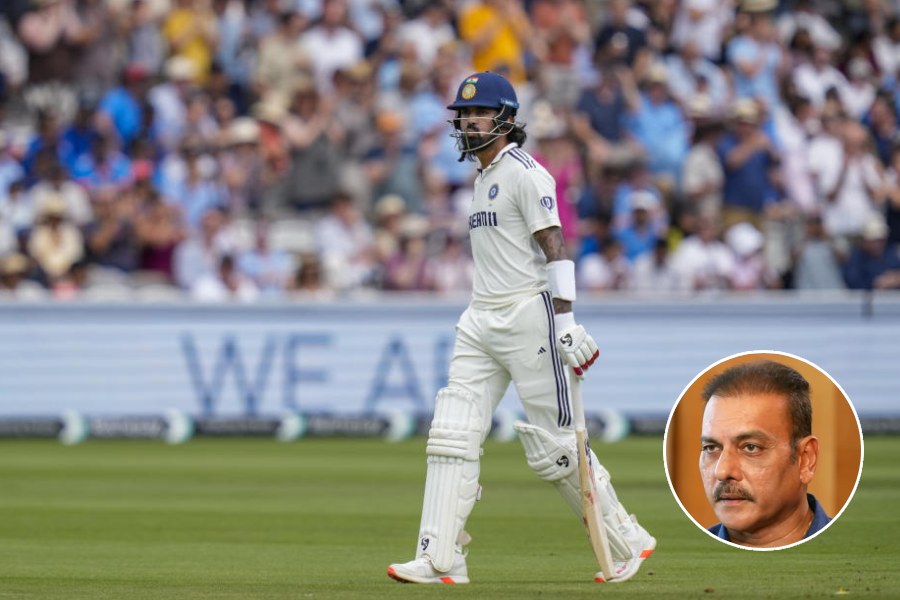New Delhi, Jan. 3: A BA economics student can simultaneously do a BSc in physics under a dual-degree plan proposed by India’s higher education regulator, the University Grants Commission.
The commission has sought the views of all vice-chancellors in the country on its idea that will allow a student to pursue two undergraduate or postgraduate degrees at once — from the same stream or different streams, and from the same university or two universities.
One of the degrees, however, has to be done through a correspondence course even if the student pursues both degrees at the same university. Besides, a student can pursue a second degree only if he satisfies the eligibility criteria for admission to that course.
The proposal is based on the recommendations of an expert panel headed by Furqan Qamar, vice-chancellor of the Central University of Himachal Pradesh.
R. Manoj Kumar, the commission’s education officer, wrote to all the vice-chancellors last week seeking their views within 15 days, after which the Qamar panel would finalise its report. It will then be up to individual institutions to decide if they would allow the dual-degree option to students.
Currently, an undergraduate student can choose an honours subject and certain related subjects, mainly from the same stream. Only a handful of Indian universities allow their students to choose cross-stream subjects like US universities do.
A commission official said it set up the three-member Qamar committee on a demand from parents and students who said the current general-stream programmes provided for little skills training, leaving graduates unemployable. They wanted a system that allowed students to pursue two degrees simultaneously to improve their employability.
Some academics, though, are unimpressed with the proposed system. They said students would tend to neglect one of the two degrees and a better idea would be to allow them to pursue a single degree with a selection of cross-stream subjects.
“In the US, universities allow students of a degree programme to have core and non-core subjects from across streams. That flexibility enhances the student’s knowledge and employability. It encourages inter-disciplinary research too,” said N. Raghuram, biotechnology professor at Guru Govind Singh Indraprastha University.
Qamar agreed that the American system was better. He said the commission had advised universities three years ago to follow a “choice-based credit system” that would allow a student to choose subjects from across streams.
“But it has remained a non-starter in most universities. Only a few central universities have started it,” Qamar said.
The Central University of Himachal Pradesh, for instance, allows MA economics students to study certain courses from science streams. The student has to earn 70 per cent of his credits from the core subject (economics) and 30 per cent from non-core subjects, Qamar said.
The reason most universities haven’t implemented the choice-based credit system is, apparently, that it requires them to restructure their programmes. The dual-degree proposal doesn’t.
“We have found that many students are illegally pursuing two degree programmes simultaneously; so why not have a system to allow them to do so legally?” Qamar said.
The vice-chancellor of a state university said a student might not give due attention to the second degree. “In a standard university, any regular course keeps the student engaged through the year; so he cannot concentrate on the second degree in distant (correspondence) mode,” he said.
However, Qamar said that any degree programme engages a student for about four to five hours a day, giving him enough time to focus on a second degree.
“The second degree is not compulsory; it’s optional. If the student feels comfortable, he can pursue it,” Qamar said.
Further, the commission wants to allow a degree student to simultaneously do a certificate, diploma or advanced diploma course in another subject of his choice. This he can do either by attending regular classes for both, or through a correspondence course for the diploma.
The commission has also proposed a credit-transfer system under which two or more universities can collaborate to allow students to complete a part of their course in either institution. The certificate will carry the logo of both universities.











